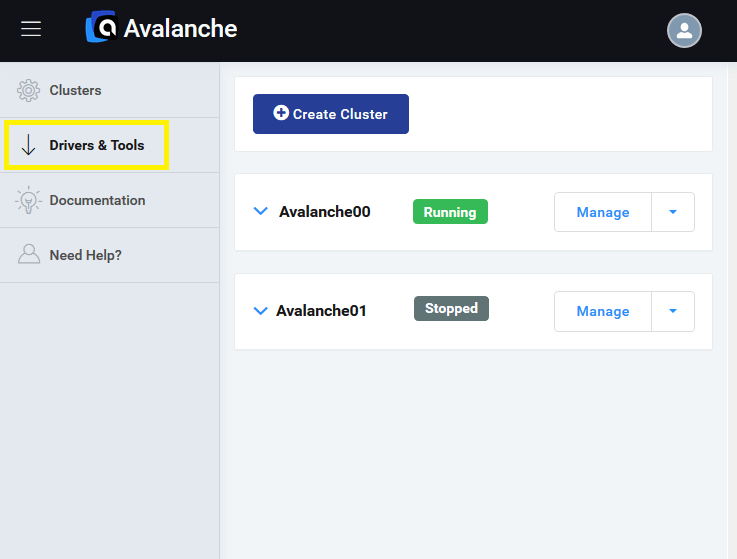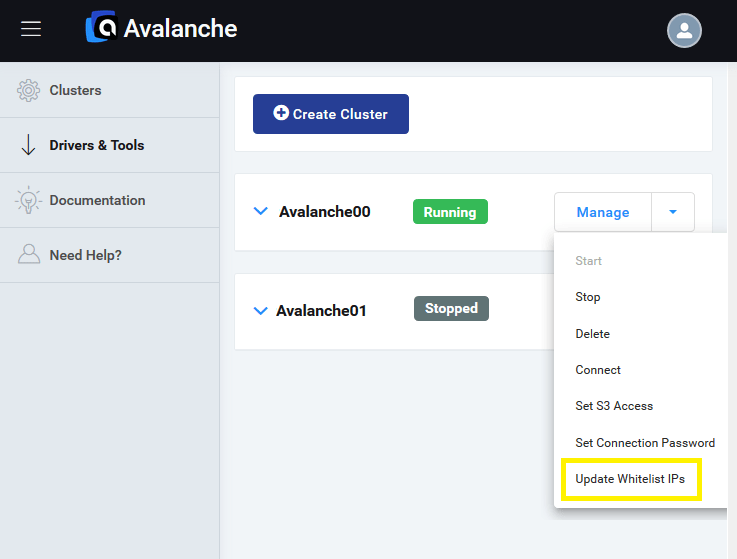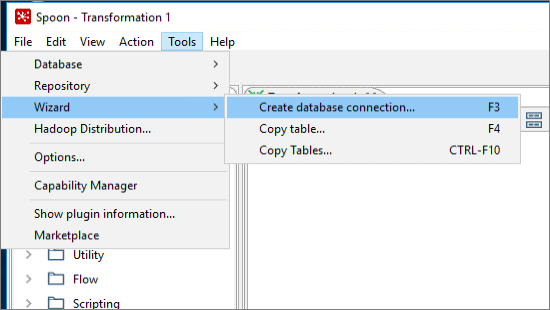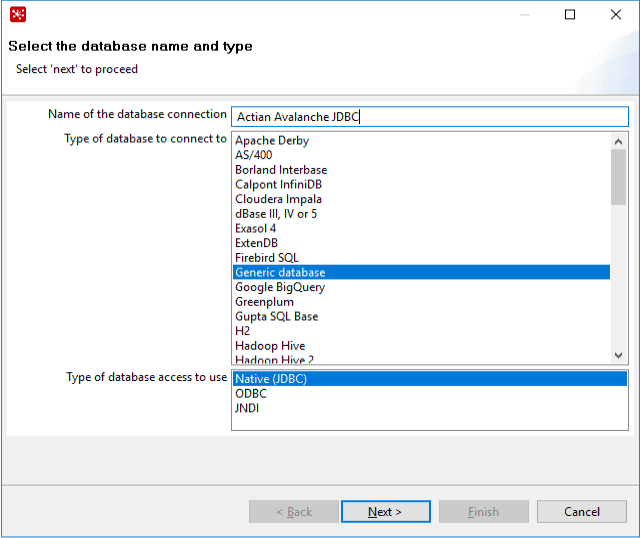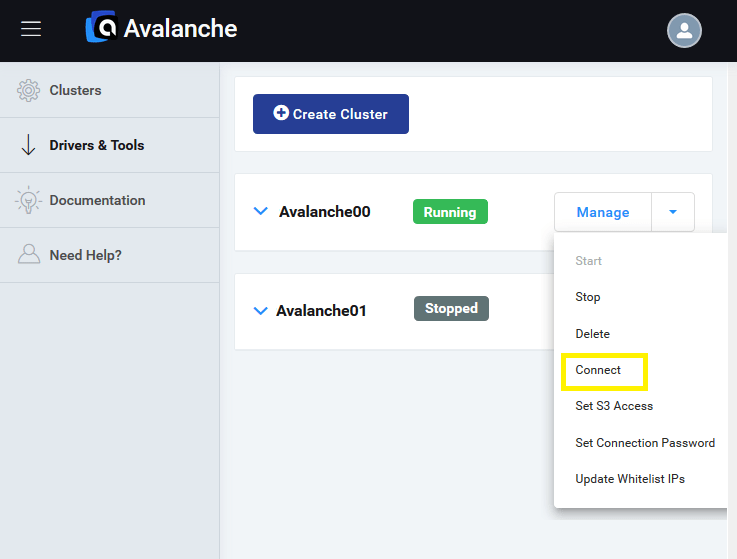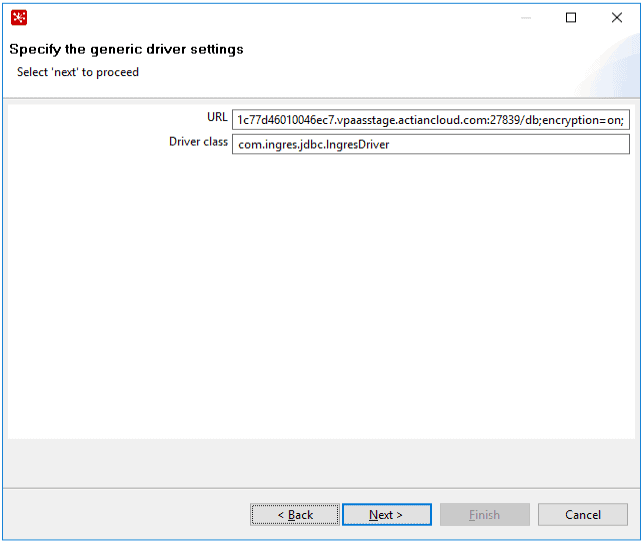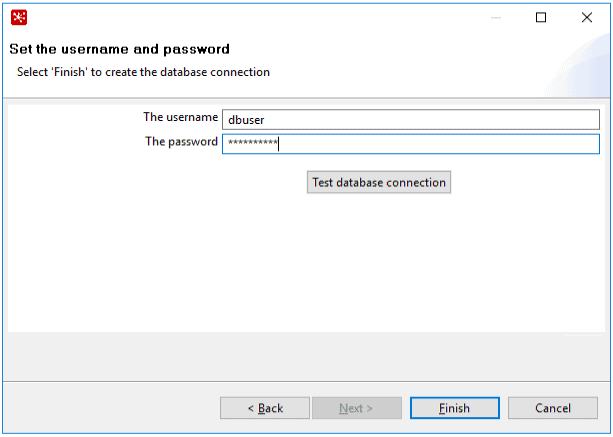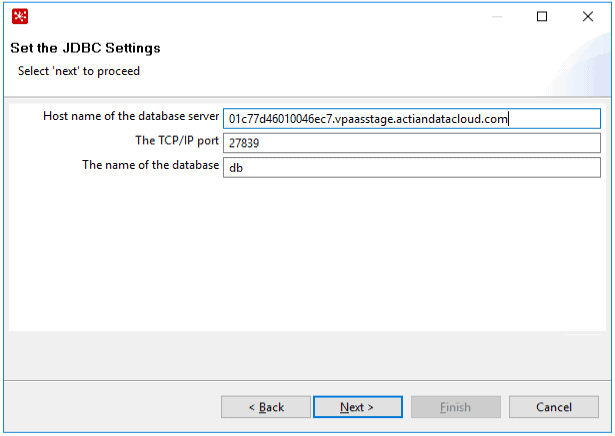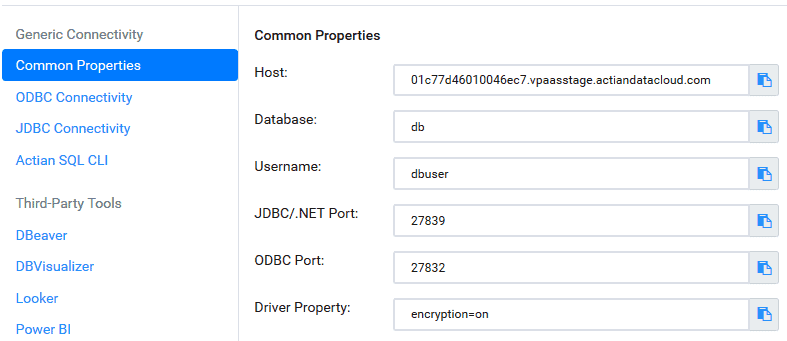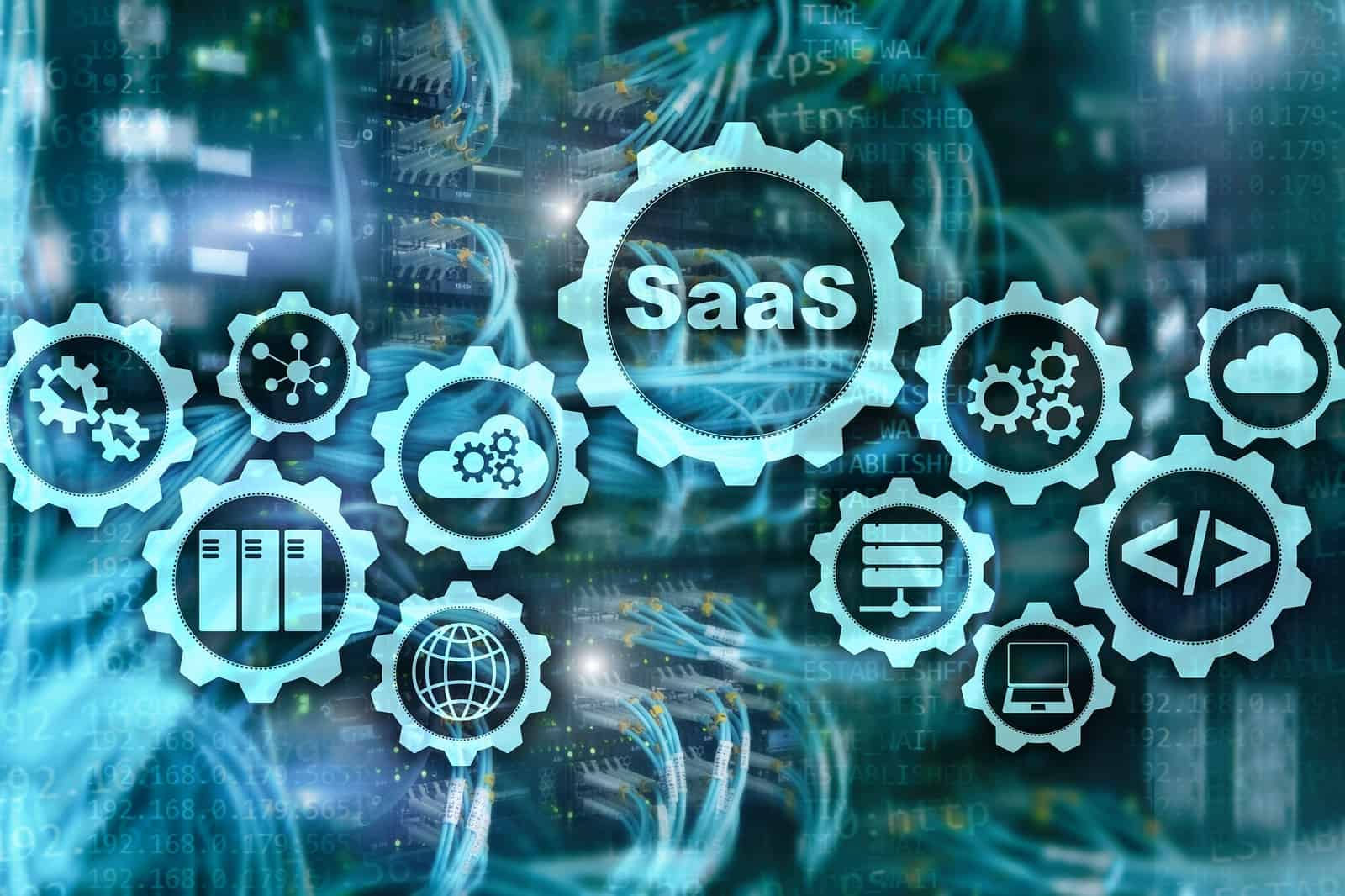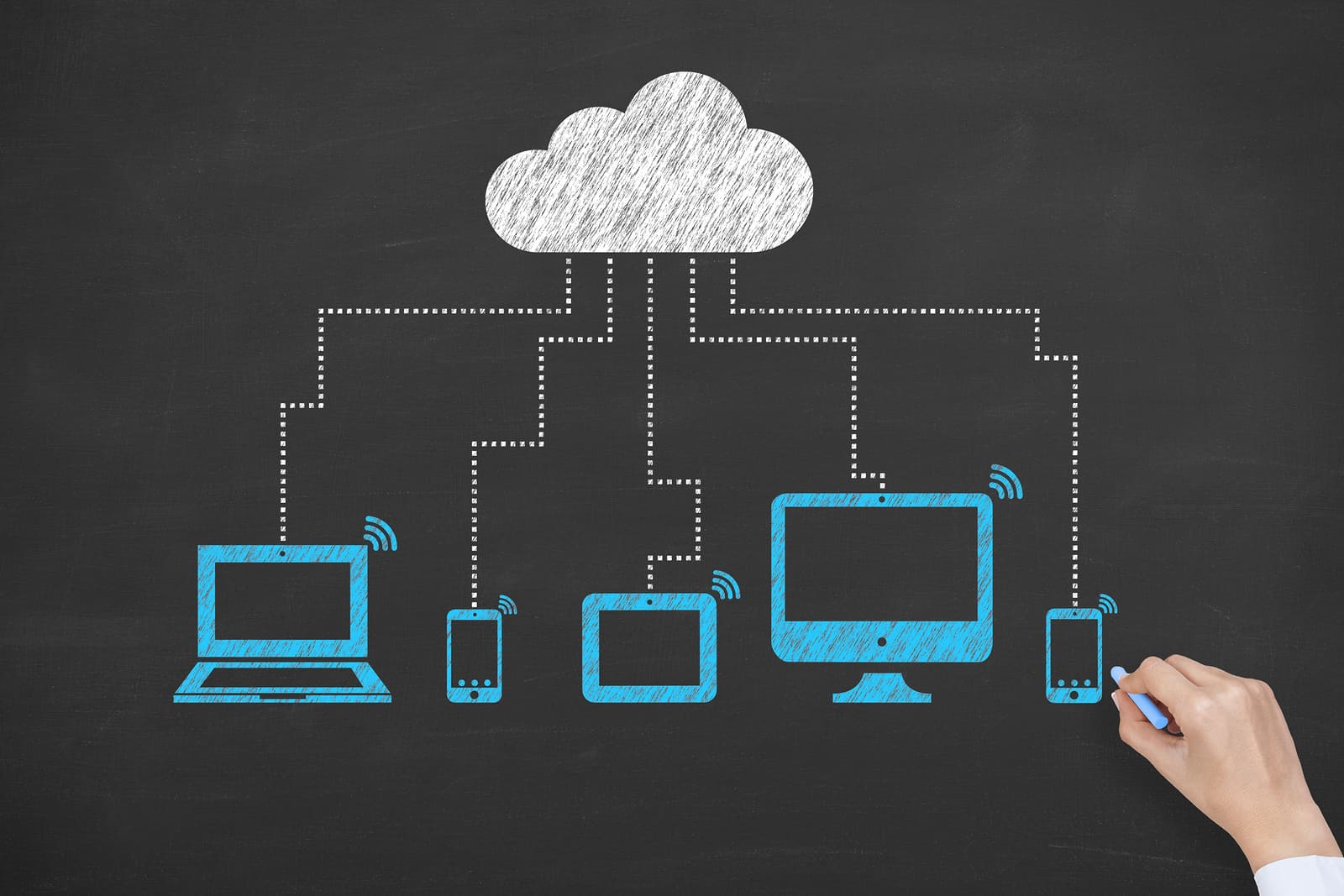Breaking Down Data Silos
Actian Corporation
May 23, 2019

Are your employees hoarding data (and do they even realize it)? If your answer is “no,” then you might want to look again. Data silos are one of the biggest issues preventing operational processes from achieving peak productivity and business leaders from making informed decisions. Almost every company faces this issue and those that address it effectively are the companies that are most likely to succeed in developing sustainable competitive advantage.
What Are Data Silos?
Data silo is a term that refers to independent pockets of data within an organization. Often aligned to either business functions or IT systems, data silos are where only a limited group of people have access or knowledge of the data resources available. For example, a company may have a set of sales-related data that is separate from customer-service data or marketing data that is separate from manufacturing data. Because data is separated and fragmented, decision-makers (at all levels of the organization) are prevented from seeing the holistic big picture of how their actions and decisions impact the company. Even companies that have invested in data warehouses often report data silo issues, which are caused when multiple warehouses contain duplicative data.
Data Silos and Company Culture
Data silos are a big problem for companies that are seeking high levels of productivity, efficiency and business agility. Breaking down your data silos starts with understanding how they were initially created. Most data-silo problems can be traced back to one of two causes related to your company culture:
IT Budgeting
Technology budgets are often assigned to individual departments or functions to support their business initiatives. IT budget owners are tasked with creating as much business value as possible for the functions they support, thus encouraging them to deliver solutions for that independent function instead of solutions that maximize value for the company as a whole.
Data Hoarding by Employees
Most employees view data and knowledge as resources that lead to job security. By hoarding data and not sharing it openly, it makes them feel like their job is more secure as an “essential resource” to the company. Workforce volatility during the past decade has exacerbated this problem, leading to increased instances of employee data hoarding.
How to Break Down Data Silos
Breaking down data silos starts with addressing the underlying issues with your company culture. Does your company value and encourage collaboration or do your processes, policies and practices encourage competition amongst departments (for budgets) and employees (for bonuses and job security)? Collaborative company cultures where each employee is focused on prioritizing the mission of the company instead of their personal and departmental goals are less likely to develop new data silos and more likely to break down those that presently exist.
The next step to break down data silos is to establish a unified company-wide data model. Most business functions must leverage data from other parts of the company and, in the absence of an enterprise-wide data structure, they will aggregate data the best they are able based on their individual functions needs and perspective. A unified data model can help you reduce the instances of duplication that often exist in data siloes.
You will also need a clear set of data-usage policies, processes and controls. There is some data within your company that (although it a part of your enterprise data set) only a limited number of employees should view and use. This could include, for example, trade secrets, financial forecasts and HR data. Establishing a clear set of policies and controls for data access means sensitive data can still be a part of your enterprise data, and be secure.
The most important tip to break down data silos is to ensure you have a data-warehouse solution that has the scale and performance to support your company’s holistic data needs. If you plan to bust the silos and gather their contents, your data consumers will expect equal if not better performance from what they have in their silo solutions today. This is where Actian can help – with enterprise-grade data-warehouse solutions that are massively scalable to support your company’s needs today and grow with you into the future. Visit www.actian.com/data-platform to learn more.
Subscribe to the Actian Blog
Subscribe to Actian’s blog to get data insights delivered right to you.
- Stay in the know – Get the latest in data analytics pushed directly to your inbox.
- Never miss a post – You’ll receive automatic email updates to let you know when new posts are live.
- It’s all up to you – Change your delivery preferences to suit your needs.
Subscribe
(i.e. sales@..., support@...)





